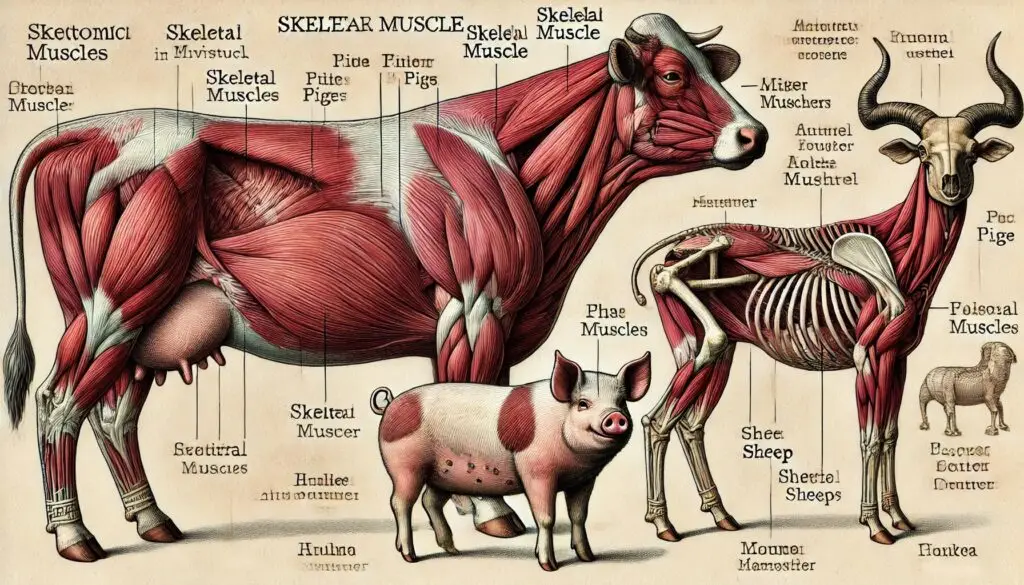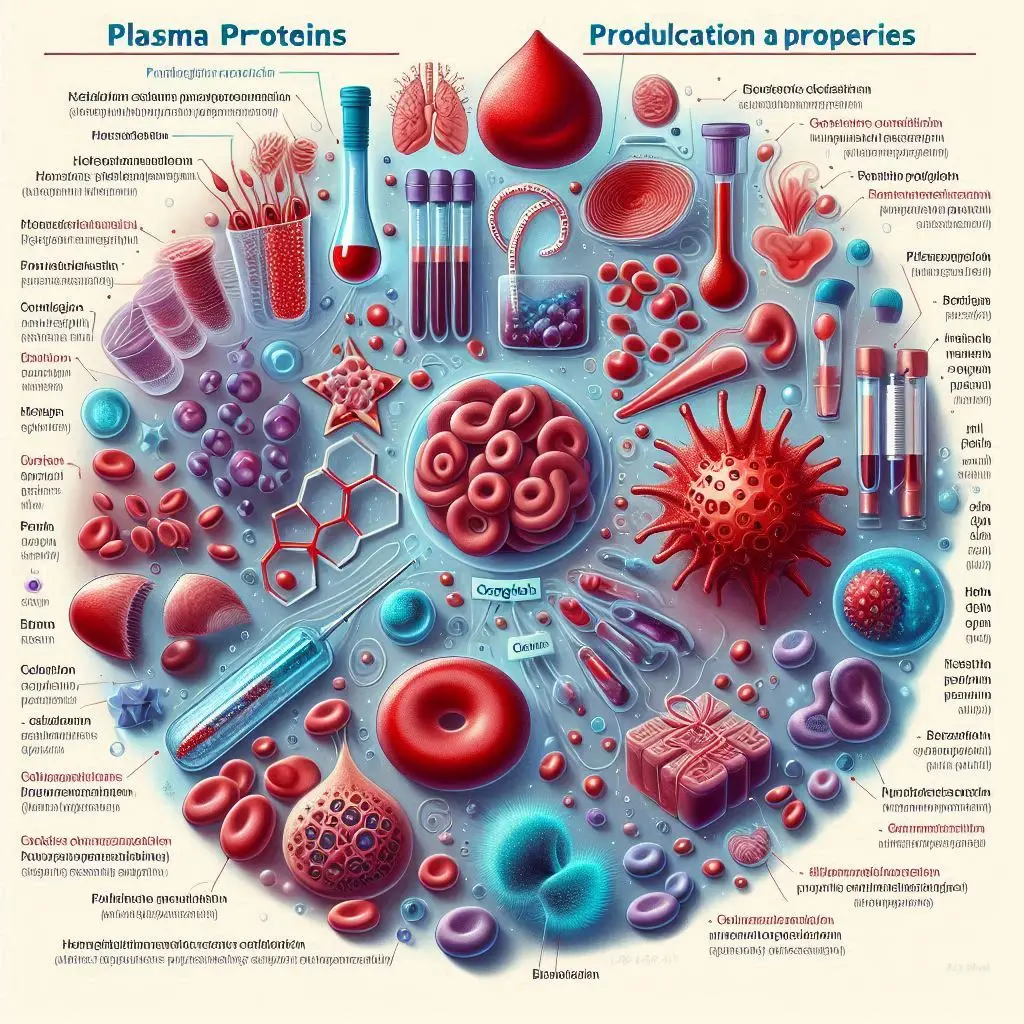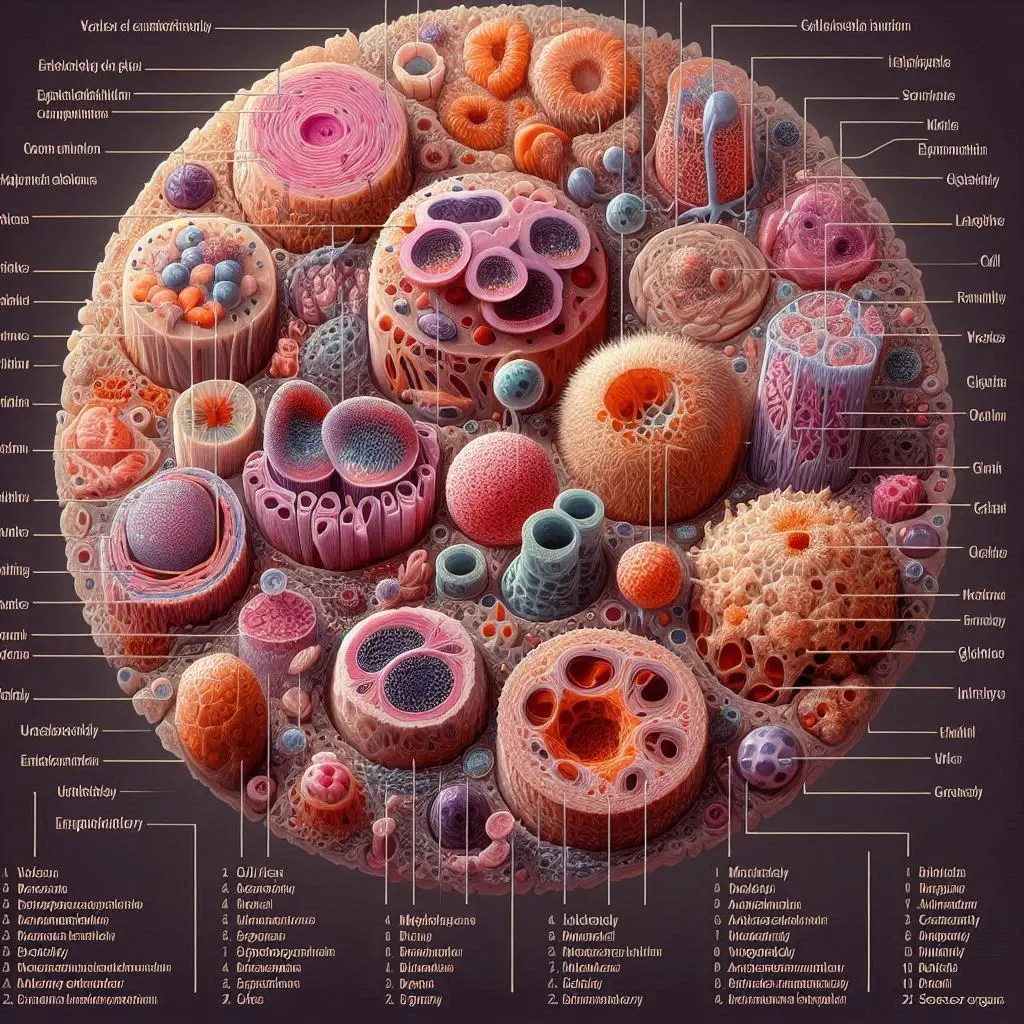Muscle Tissue

Introduction to Muscle Tissue
Muscle tissue is essential for movement in the human body. It enables us to perform daily activities, from walking to breathing. This article will provide an in-depth exploration of muscle tissue, including its structure, types, and functions. Understanding muscle tissue is crucial for appreciating how our bodies operate.
What is Muscle Tissue?
Muscle tissue is a specialized type of tissue composed of cells that can contract. These contractions enable movement and support various bodily functions. The three main types of muscle tissue are:
- Skeletal Muscle
- Cardiac Muscle
- Smooth Muscle
Each type has distinct characteristics and functions that contribute to our overall health.
Structure of Muscle Tissue
Understanding the structure of muscle tissue helps us appreciate how it functions. Let’s break down the components.
Muscle Fibers
Muscle fibers are the basic units of muscle tissue. They are long, cylindrical cells that can contract. Each fiber contains:
- Sarcoplasm: The cytoplasm of muscle fibers.
- Sarcoplasmic Reticulum: A network that stores calcium ions.
- Sarcolemma: The membrane surrounding each muscle fiber.
Connective Tissue Layers
Muscle fibers are organized into bundles called fascicles. Each fascicle is surrounded by connective tissue layers:
Epimysium
This outer layer encases the entire muscle.
Perimysium
This layer surrounds each fascicle.
Endomysium
This innermost layer surrounds individual muscle fibers.
These connective tissues provide support and protection while allowing movement.
Types of Muscle Tissue
Now let’s explore the three main types of muscle tissue in detail.
1. Skeletal Muscle
Skeletal muscle is responsible for voluntary movements. It has a striated appearance due to its organized structure.
Characteristics of Skeletal Muscle
- Striated Appearance: The fibers show alternating light and dark bands.
- Multinucleated Cells: Each fiber contains multiple nuclei.
- Voluntary Control: We consciously control these muscles.
Functions of Skeletal Muscle
Skeletal muscles help us perform various activities:
- Walking
- Running
- Lifting objects
For more on skeletal muscle function, visit Healthline.
2. Cardiac Muscle
Cardiac muscle is found only in the heart. It plays a crucial role in pumping blood throughout the body.
Characteristics of Cardiac Muscle
- Striated but Involuntary: Like skeletal muscle but operates without conscious control.
- Intercalated Discs: These structures connect individual cells, allowing synchronized contractions.
Functions of Cardiac Muscle
Cardiac muscle contractions maintain blood circulation. For more insights into cardiac muscle physiology, check out Mayo Clinic.
3. Smooth Muscle
Smooth muscle is found in the walls of hollow organs like the intestines and blood vessels. It helps move substances through these organs.
Characteristics of Smooth Muscle
- Non-Striated Appearance: Lacks the banding pattern seen in skeletal and cardiac muscles.
- Involuntary Control: We cannot consciously control smooth muscles.
Functions of Smooth Muscle
Smooth muscles facilitate various involuntary movements:
- Peristalsis in the intestines
- Regulation of blood vessel diameter
For further reading on smooth muscle function, visit WebMD.
Properties of Muscle Tissue
Muscle tissue exhibits several key properties that enable it to function effectively:
Contractibility
Muscle tissue can shorten forcefully when stimulated. This property allows for movement.
Extensibility
Muscle fibers can stretch without damage. This ability is crucial for flexibility during movement.
Elasticity
After being stretched or contracted, muscles return to their original length. This characteristic helps maintain posture and balance.
Excitability
Muscle tissue responds to stimuli from nerves or hormones. This responsiveness is vital for coordinated movements.
The Role of Calcium in Muscle Contraction
Calcium ions play a significant role in muscle contraction. When a muscle fiber receives a signal from a nerve, calcium is released from the sarcoplasmic reticulum. This release triggers interactions between actin and myosin filaments within the muscle fibers, leading to contraction.
For more information on calcium’s role in muscle contraction, refer to ScienceDirect.
How Muscles Work Together
Muscles do not work in isolation; they often work together to produce coordinated movements. Here’s how it happens:
Agonist and Antagonist Muscles
When one muscle contracts (agonist), another relaxes (antagonist). For example:
- Biceps (agonist) contract while triceps (antagonist) relax during arm flexion.
This coordination allows smooth movements and prevents injury.
Synergistic Muscles
Synergistic muscles assist the agonist in performing a movement. For instance:
- During a push-up, several muscles work together to lift the body off the ground.
The Importance of Muscle Health
Maintaining healthy muscles is vital for overall well-being. Here are some tips for promoting muscle health:
Regular Exercise
Engaging in regular physical activity strengthens muscles and improves endurance. Resistance training is particularly effective for building skeletal muscle mass.
Balanced Nutrition
A diet rich in protein supports muscle repair and growth. Foods like lean meats, fish, eggs, beans, and nuts are excellent sources of protein.
Hydration
Staying hydrated is crucial for optimal muscle function. Dehydration can lead to cramps and decreased performance during exercise.
For more tips on maintaining healthy muscles, visit Harvard Health.
Common Disorders Related to Muscle Tissue
Several disorders can affect muscle tissue function:
1. Muscular Dystrophy
This genetic disorder leads to progressive weakness and loss of skeletal muscle mass. It affects mobility over time.
2. Myopathy
Myopathy refers to any disease that affects skeletal muscles directly, leading to weakness or pain.
3. Cardiac Conditions
Conditions like cardiomyopathy affect cardiac muscle function, impacting heart health and circulation.
For more information on muscular disorders, check out National Institute of Neurological Disorders and Stroke.
Conclusion
Muscle tissue is a vital component of our bodies that enables movement and supports essential functions. Understanding its structure and types helps us appreciate how our bodies work every day. By taking care of our muscles through exercise and proper nutrition, we can enhance our overall health and well-being.
For more pearls of Vets Wisdom:
Aims of Agricultural Extension






Responses